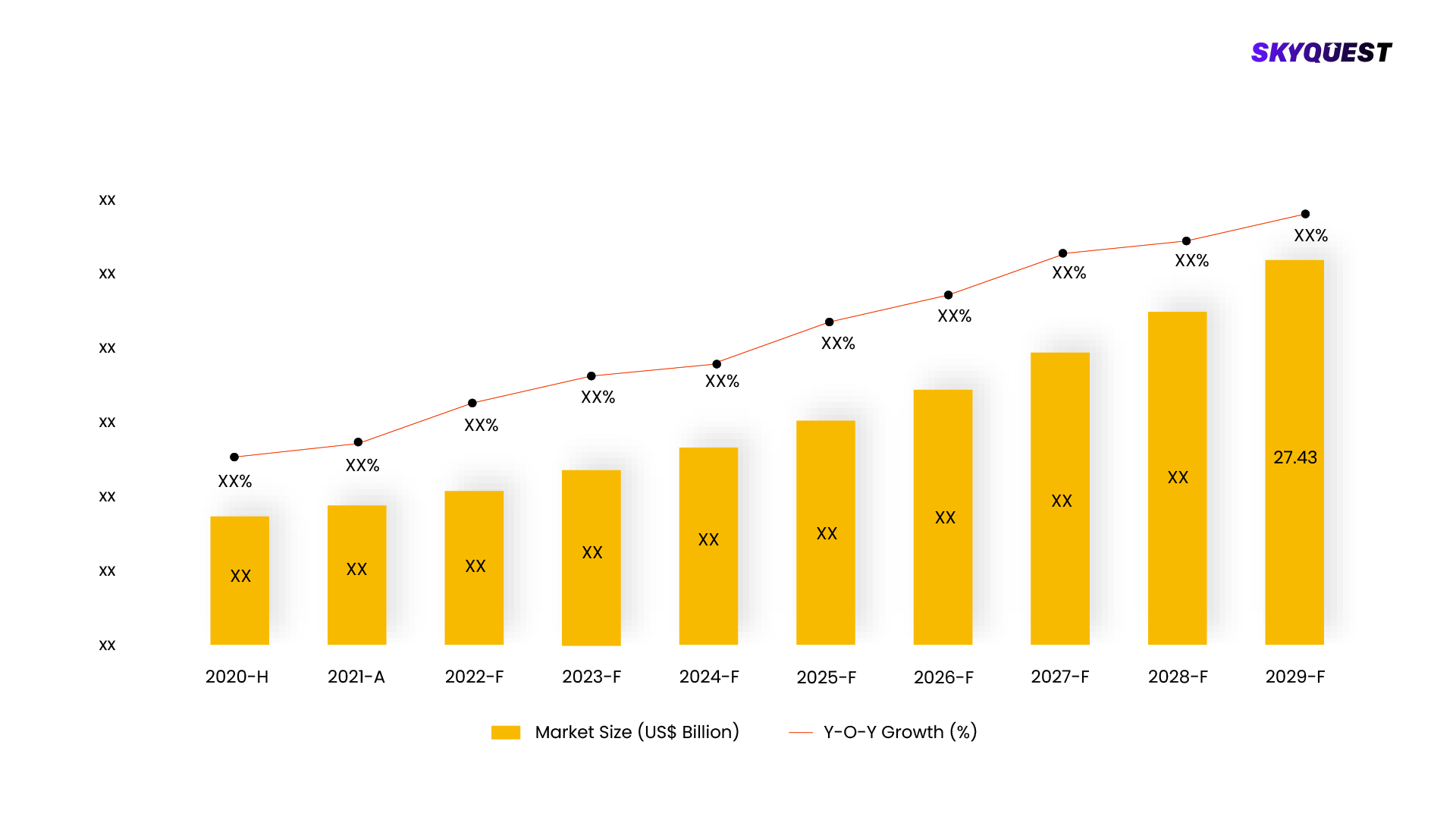
Product ID: UCMIG35A2030

Report ID:
UCMIG35A2030 |
Region:
Global |
Published Date: Upcoming |
Pages:
165
| Tables: 55 | Figures: 60
Several eye-related diseases, including cataract, glaucoma, corneal transplant, age-related macular degeneration, and diabetic retinopathy, require the use of ophthalmic viscoelastic devices during surgery. These ophthalmic visco-surgical devices are critical for providing proper treatment to patients in order to avoid further vision damage or loss of vision. Ophthalmic viscoelastic devices play an important role in eye surgery by protecting the cornea, maintaining intraocular pressure, and creating deep anterior spaces, among other things. The rise in government initiatives aimed at establishing guidelines to control the global increase in vision impairment is compelling key manufacturers to introduce novel ophthalmic devices into the market.

This report is being written to illustrate the market opportunity by region and by segments, indicating opportunity areas for the vendors to tap upon. To estimate the opportunity, it was very important to understand the current market scenario and the way it will grow in future.
Production and consumption patterns are being carefully compared to forecast the market. Other factors considered to forecast the market are the growth of the adjacent market, revenue growth of the key market vendors, scenario-based analysis, and market segment growth.
The market size was determined by estimating the market through a top-down and bottom-up approach, which was further validated with industry interviews. Considering the nature of the market we derived the Health Care Equipment by segment aggregation, the contribution of the Health Care Equipment in Health Care Equipment & Services and vendor share.
To determine the growth of the market factors such as drivers, trends, restraints, and opportunities were identified, and the impact of these factors was analyzed to determine the market growth. To understand the market growth in detail, we have analyzed the year-on-year growth of the market. Also, historic growth rates were compared to determine growth patterns.
Our industry expert will work with you to provide you with customized data in a short amount of time.
REQUEST FREE CUSTOMIZATIONThe global market for Ophthalmic Viscoelastic Devices was estimated to be valued at US$ XX Mn in 2021.
The global Ophthalmic Viscoelastic Devices Market is estimated to grow at a CAGR of XX% by 2028.
The global Ophthalmic Viscoelastic Devices Market is segmented on the basis of Product Type, Application, End User, Region.
Based on region, the global Ophthalmic Viscoelastic Devices Market is segmented into North America, Europe, Asia Pacific, Middle East & Africa and Latin America.
The key players operating in the global Ophthalmic Viscoelastic Devices Market are Bausch Health Companies, Inc, Eyekon Medical Inc., Bohus Biotech Ab, Carl Zeiss Meditec AG, Cima Technology Inc., Johnson & Johnson, Novartis International AG (Alcon Inc.), Rumex International Corporation, Haohai Biological Technology, Altacor, Hoya Corporation., St. Shine Optical Co, Ltd., CooperVision Inc., Tomey Corporation, Haag-Strait AG.
Want to customize this report? This report can be personalized according to your needs. Our analysts and industry experts will work directly with you to understand your requirements and provide you with customized data in a short amount of time. We offer $1000 worth of FREE customization at the time of purchase.

Product ID: UCMIG35A2030